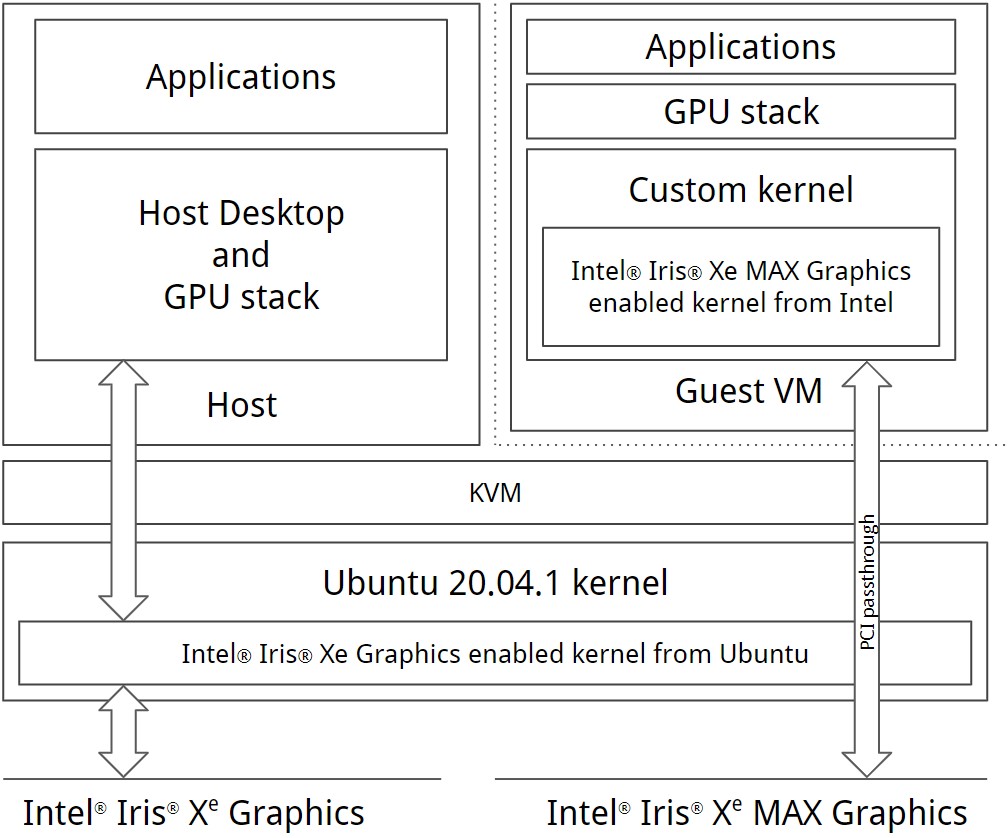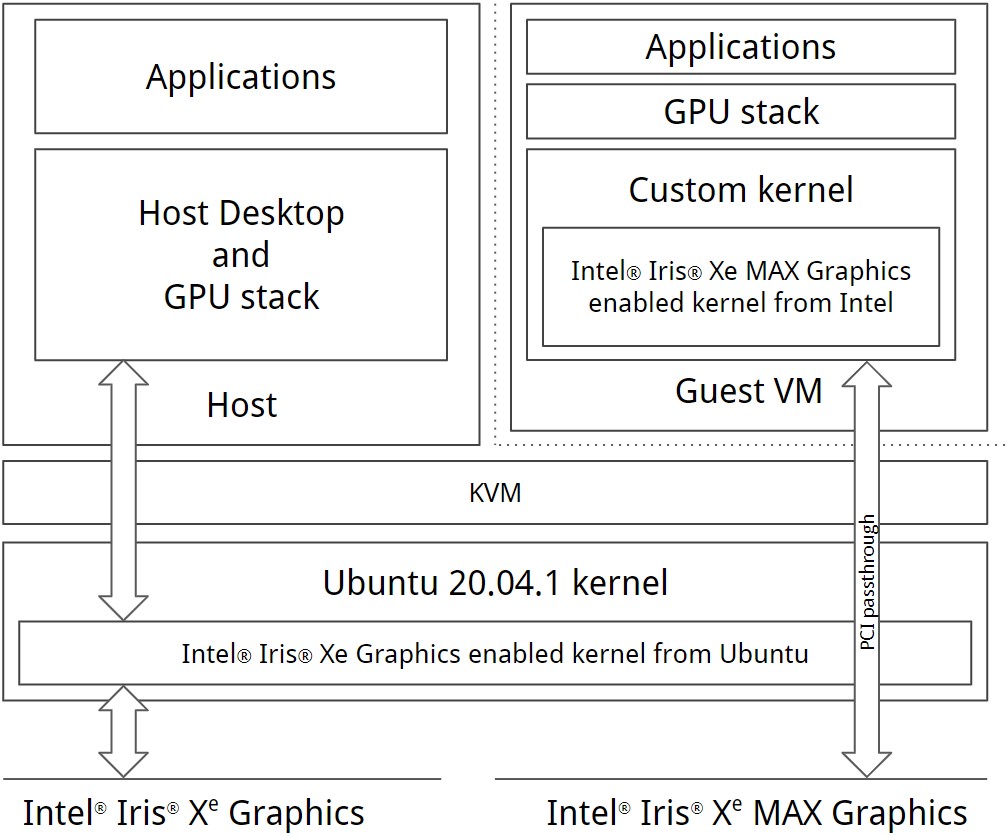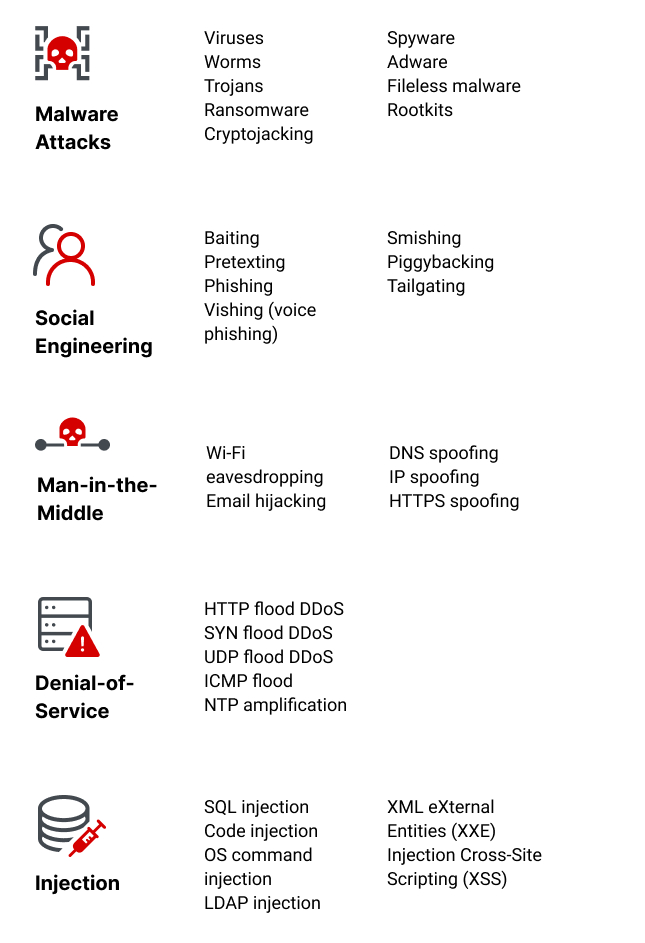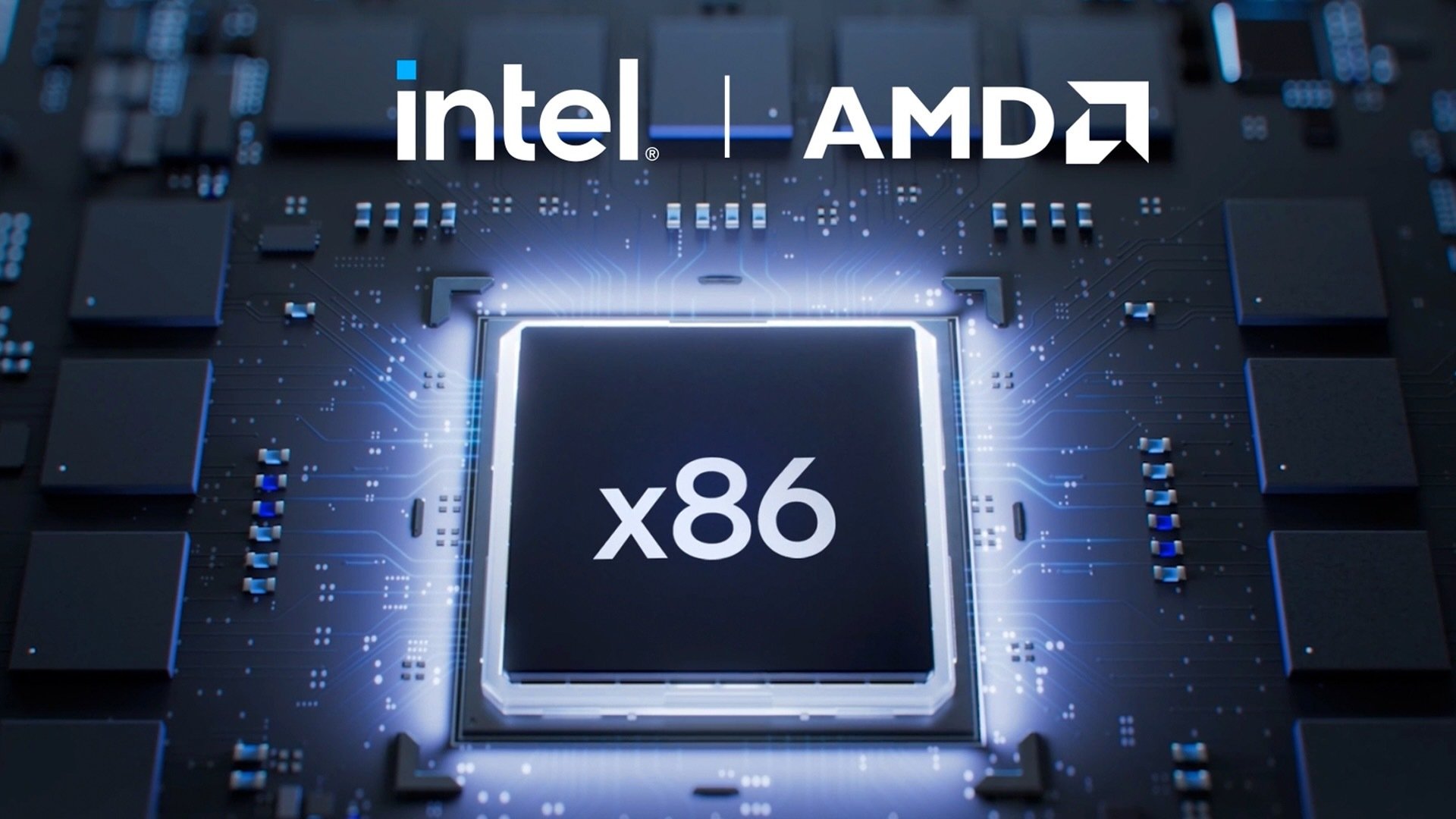
Intel’s New “Xe” Driver Submitted For Linux 6.8 Along With Imagination’s PowerVR Driver
The latest developments in the Linux Kernel display/graphics driver space have brought exciting news for tech enthusiasts. The Direct Rendering Manager (DRM) kernel display/graphics driver changes have been submitted for the upcoming Linux 6.8 kernel. Among the highlights are the inclusion of the experimental new Xe kernel graphics driver from Intel and the Imagination PowerVR driver for select Rogue GPUs.
 A modern graphics driver landscape
A modern graphics driver landscape
The Xe kernel driver, announced at the end of 2022, represents a significant step forward as a modern alternative to the i915 kernel driver. While i915 remains the default for current hardware, Xe offers a fresh design tailored to modern Intel graphics architecture. The driver is set to enhance performance and support Intel discrete graphics on various architectures, promising a host of new features.
According to initial benchmarks, Xe shows promise relative to i915, with expectations of further improvements in subsequent kernel cycles. The driver is already integrated with the latest Mesa code, ensuring compatibility with Iris Gallium3D and ANV Vulkan.
On the other front, the Imagination PowerVR driver marks a long-awaited addition to the Linux 6.9 kernel. Initially supporting select Rogue GPU IP, the open-source kernel driver is set to collaborate with the in-development PowerVR Vulkan driver within Mesa, providing additional support for OpenGL Zink.
The Linux 6.8 DRM changes also encompass dropping support for outdated graphics drivers, introducing enhancements like fence timestamp helper and fence deadline support for DMA-BUF, and extending hardware support for the Freedreno driver. Notably, Raspberry Pi 5 graphics driver support is also on the horizon.
AMDGPU Driver Enhancements
In the realm of AMD, the latest AMDGPU driver additions bring a slew of improvements. Particularly noteworthy is the introduction of initial AMD color management support, a collaborative effort by AMD, Igalia, and Valve aimed at optimizing performance for the Steam Deck. While the color management properties code is not yet compiled by default, efforts are underway to streamline its integration, benefiting SteamOS and the Steam Deck.
The AMDGPU driver update also includes ACPI WBRF bits to mitigate WiFi radio interference on new Ryzen laptops, DCN 3.5 updates for RDNA3 refresh hardware, PCIe link speed handling refinements, and various other IP updates. Moreover, tunneling support for high-priority compute tasks has been introduced.
Intel’s DRM Accelerator Driver Advancements
In the DRM accelerator driver domain, the inclusion of Intel Gaudi 2C device support for the new Gaudi 2 variant and refinements to the Intel IVPU driver for NPU support on Meteor Lake and beyond stand out. These developments underscore Intel’s commitment to enhancing driver support for evolving hardware architectures.
The comprehensive list of DRM feature updates for the Linux 6.8 merge window provides a glimpse into the exciting advancements shaping the future of Linux graphics and display drivers.
This article provides a snapshot of the latest developments in the Linux Kernel display/graphics driver space, highlighting the introduction of the Xe and Imagination PowerVR drivers, along with significant enhancements to the AMDGPU driver and Intel’s DRM accelerator drivers. These advancements underscore the continuous evolution and innovation within the Linux graphics ecosystem, promising improved performance and compatibility across a range of hardware configurations.














